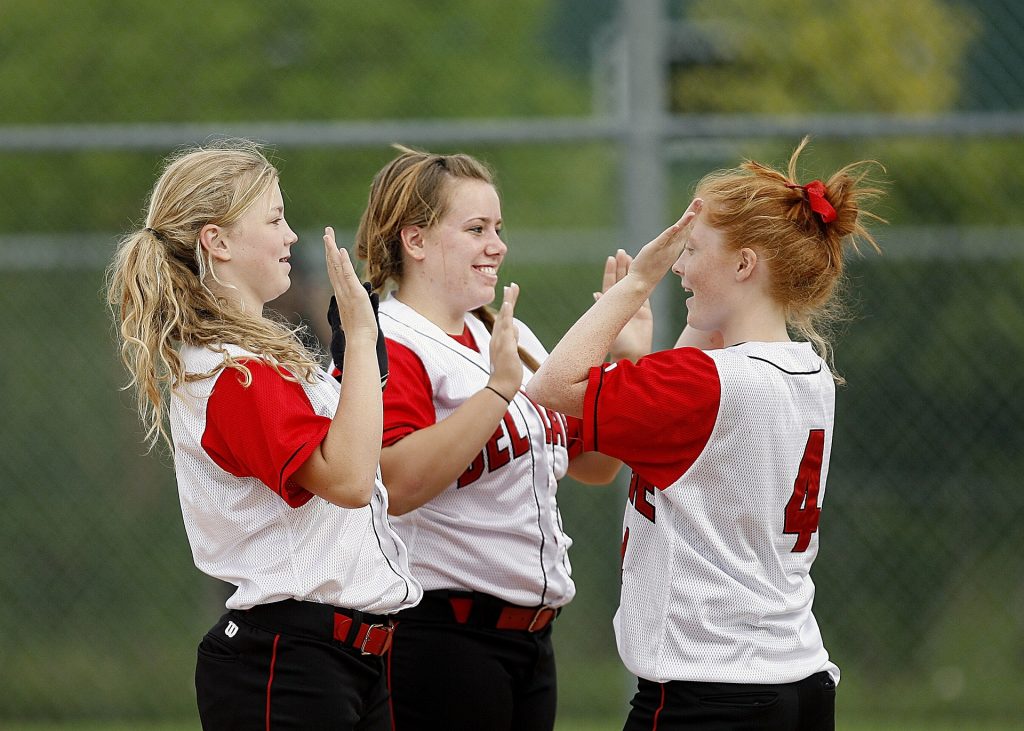How Does DBT for Teens Work?
Dialectical behavioral therapy (DBT) is an evidence-based talk therapy for children, teenagers, and adults that helps manage intense emotions that lead to problematic behaviors.
The word “dialectical” comes from the idea that bringing together two opposites in therapy–acceptance and change–will achieve a better result than using one alone. DBT primarily focuses on utilizing radical acceptance of one’s experience to be able to change negative behaviors.
The major goal of DBT is first to stop a dysfunctional behavior and then proceed to address and manage the negative thought patterns that lead to that behavior. In treatment, teens will be helped to offset intense emotions through learning a range of useful mindfulness practices and practical problem-solving skills.


Substantial research has been carried out on dialectical behavior therapy as an effective mental health treatment for teens and young adults. It is a great option to assist families who want to help their children manage intense and painful emotions because it teaches actionable long-term DBT skills.
What Does DBT for Teens Help With?
Essentially, DBT will help teens who are experiencing great trouble managing their emotions, thoughts, and behaviors. It also focuses on dealing with and decreasing post-traumatic stress responses from any trauma a teen has faced. Even adolescents who require improvement in their self-confidence and self-esteem will benefit from a DBT program.
Dialectical behavior therapy can help with any of the following:
- Impulsive behaviors
- Frequent mood swings
- Major depression
- Anxiety disorders
- Borderline personality disorder
- Post-traumatic stress disorder
- Attention-deficit hyperactivity disorder (ADHD)
- Antisocial/narcissistic /histrionic personality disorders
- Anger issues
- Eating disorders
- Substance abuse disorders
- Low self-esteem
- Poor coping skills
- Self-harm
- Suicidal adolescents
- Family or peer conflict
Types of DBT for Teens
Dialectical behavior therapy is well-adapted to meet the suitable care level that an adolescent may require. This ranges from general skills training groups to high-level clinical care. A psychiatrist will help determine which approach is best for your teen.
Residential Treatment
A residential DBT treatment program will require your teen to stay at our facility and individual therapy will be prioritized. In these sessions, therapists will focus on a small selection of specific skills that your teen can benefit from to make sure that they are learned well enough to be practiced when the program ends.
Outpatient
An outpatient program is a major component of delivering traditional DBT. Valuable DBT skills can either be taught in individual therapy, a group setting, or through phone coaching.
Outpatient therapy is for children and adolescents who are struggling with their mental health but are stable and safe enough between sessions not to require intensive inpatient care.
How Is DBT Adapted for Teens?
The most significant alteration of the DBT treatment process for teens is the inclusion of family members or caregivers in skills training sessions. Involving caregivers allows for significant improvement in therapy because home-life issues that potentially undermine treatment can be addressed.
Additionally, DBT for teens tends to be more hands-on with individual and group therapy, giving examples that teens can relate to. Group sessions are often shortened to accommodate adolescents’ attention spans.
The Four DBT Skills for Teens
In group therapy sessions led by a certified DBT therapist, adolescents are taught skills from one out of four different DBT techniques; emotion regulation, mindfulness, distress tolerance, and interpersonal effectiveness.
- Emotion Regulation: This technique teaches teens to regulate their emotions by choosing a more positive action when faced with a situation that triggers a negative emotion. It also encourages them to focus on the positives of any experience instead of the negative.
- Mindfulness: In DBT, this technique is used to help teens learn to be more aware of, and accept their emotions without self-judgment. This allows them to better manage stress and experience higher satisfaction.
- Distress Tolerance: This technique teaches teens to be less reactive while experiencing uncomfortable emotions. They will be able to accept situations they can’t control and feel less anxiety, sadness, and anger when dealing with them.
- Interpersonal Effectiveness: This technique focuses on helping teens understand how their behavior affects their relationships so they can positively change them.
Dialectical Behavioral Therapy for Adolescent Relationship Building
To strengthen adolescent relationships, there are three approaches included in the interpersonal effectiveness DBT skills training. Adolescents will be provided with scripts for each approach when receiving DBT worksheets.
- DEARMAN (Describe – Express – Assert – Reinforce – Mindfulness – Appear Confident – Negotiate): a script of reminders of what to say when requesting a want or need. This approach encourages teens to consider mutual benefits instead of just self-benefits.
- GIVE (Gentle – Interested – Validate – Easy): this approach gives teens guidance on how to healthily communicate during a conflict with someone, with the goal of maintaining the relationship.
- FAST (Fair – Apologies – Stick to Values – Truthful): this approach teaches teens to reinforce their self-respect by encouraging them to remember their values, stay truthful, and avoid double standards. It allows them to put themselves in someone else’s shoes and engage empathetically.
What Is the Structure Of DBT Treatment?
The DBT treatment model for children and teenagers, created by Dr. Marsha Linehan, specifies four levels of dialectical behavior therapy. Teens will move through the stages as their behaviors and goals evolve.
- DBT Stage 1 – This stage is for teens who struggle with alcohol or drug addiction, chronically engage in life-threatening behaviors, or are at risk of suicide attempts. In this stage, 24/7 supervised care can be provided to eliminate life-threatening behaviors.
- DBT Stage 2 – This stage is for when teenagers are severely struggling, but their behaviors are not life-threatening. Here, the focus will be on supporting emotional stability.
- DBT Stage 3 – In this stage, teenagers are introduced to DBT skills that they learn and apply to their daily life.
DBT Stage 4 – This represents life after treatment.
What Is the Difference Between CBT and DBT?
Dialectical behavior therapy shares many concepts with cognitive behavioral therapy (CBT), but they do differ in techniques.
In CBT, a therapist works with a client to change their thinking patterns to be more positive in order to change their emotions and behavior. While in DBT, therapists work to change the harmful behaviors first. Essentially, CBT is thought-focused, and DBT is behavior-focused.
FAQ about DBT for Teens
Below are some commonly-asked questions about Clearfork Academy and the typical teen experience during treatment. If you don’t see your question below, please click here to see all FAQs or reach out to us directly for more information.

Yes, DBT is an effective treatment for children and teenagers. With the helpful combination of mindfulness and effective problem-solving skills, DBT gives emotionally reactive teens the right tools to respond healthily to stressful life situations.
Dialectical behavior therapy is an effective, evidence-based treatment for borderline personality disorder and many other mental health issues that involve intense emotional disturbances.
DBT is a comprehensive treatment for all teenagers experiencing a great deal of trouble managing their emotions, thoughts, and behaviors.
Some aspects of DBT to consider are:
- DBT requires full commitment
- Some skills in DBT may be harder to learn if someone is still struggling out of treatment
- DBT has structured boundaries that need to be followed in order to get the best treatment
Medication management is not required for DBT but is offered when needed.
As DBT treats intense emotional dysfunction, treatment can be pretty long. Standard outpatient DBT treatment once a week can last from 6 months to a year. Teens can expect to see improvement after six months if they are reinforcing their learned skills at home.
As DBT is a psychotherapy treatment, your insurance will cover it if your plan includes psychotherapy or behavioral medicine. However, your insurance may only cover a specific amount of sessions
DBT For Teens at Clearfork Academy
If you find your teen is engaging in destructive behaviors or suffering with their emotional regulation, you should emphasize compassion and help them seek effective treatment. At Clearfork Academy, we’re here to ensure that your teen gets the support they need. Contact us today for a free screening.



